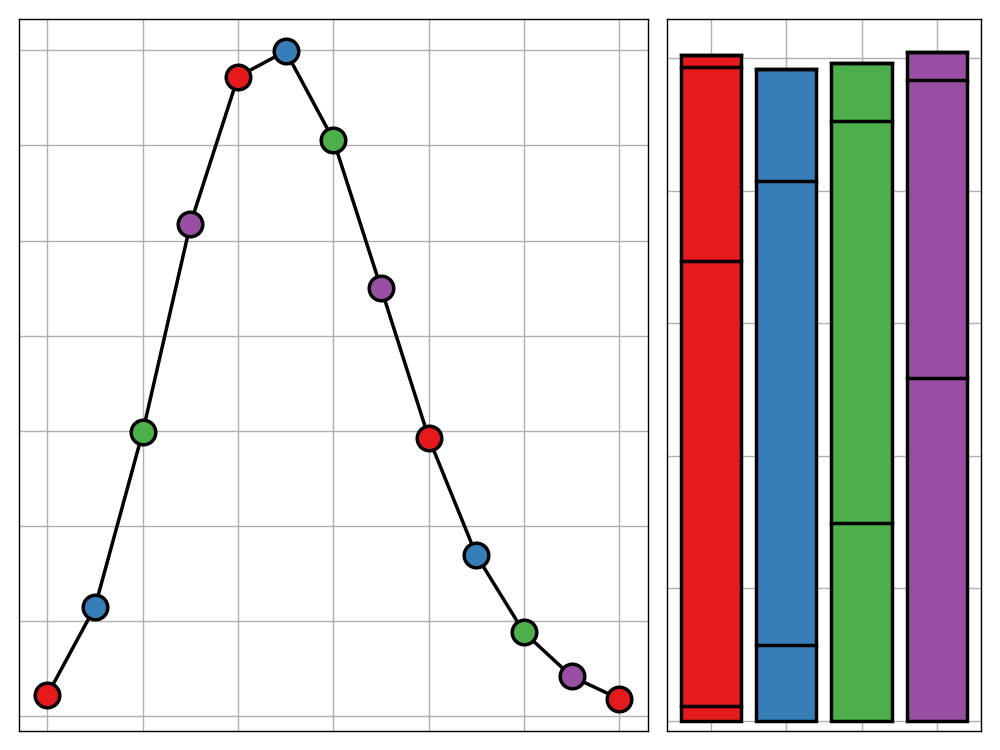
Terminal Velocity in a Vacuum
It is commonly claimed that an object dropped in a vacuum will continue to accelerate indefinitely, reaching arbitrarily high speeds. In fact, even in a vacuum, a falling object has a maximum speed it can reach. In essence, this is the terminal velocity in a vacuum.
The Poisson Distribution Meets Modular Arithmetic
Inspired by a simple probability puzzle, I set out to determine the probability that a Poisson random variable is divisible by a given integer, before extending this result to calculate the distribution of the Poisson random variable modulo a divisor.
Principal Component Regression as Pseudo-Loadings
Principal component regression is a powerful technique from high-dimensional statistics. In this post I offer an alternative interpretation of the procedure as a way of generating PCA loadings for new covariates.
Reflecting on the Reflection Principle
From finance to route planning, the reflection principle is an incredibly versatile technique, capable of transforming seemingly fiendish problems into elegant systems. In this post, I walk through three example applications of the principle.
Data Roaming: A Portable Linux Environment for Data Science
When trying to fit data science in with a busy schedule of study, one often needs to work from shared university or library computers. Rather than spending the first 15 minutes of your working session reinstalling software, why not create a bootable USB stick with all your requirements ready to go?
Efficient Calculation of Efficient Frontiers
The efficient frontier is a ubiquitous tool in quantative finance, yet it is often calculated using incredibly inefficient methods. Can we do better using a healthy helping of analysis and linear algebra.
A Polish Approach to Countdown
The Countdown numbers game is notoriously fiendish. That said, with the right computational tricks, it can be solved using only basic coding abilities.
AI is Not as Smart as You May Think (but That's No Reason Not to Be Worried)
The world of AI is full of hype, making it hard to distinguish real threats from fiction. This post is one of a pair and discusses the current challenges and limitations that AI systems face, particularly with regards the large obstacles that must be overcome before any existential threat from AI could manifest itself. The other details the current use of AI in military applications and the risks that this introduces. In all, these posts aim to present you will an accurate view of the current state of AI and direct focus towards the threats from AI that require the most attention going forwards.
Gibrat's Law: The Central Limit Theorem's Forgotten Twin
Hiding in the shadow of the central limit theorm is a lesser-know, but still fascinating aspect of statistics. Read this post to what this is and how we can use it.
The Look-and-Say Sequence: A Tribute to John Conway
One week ago today, we lost one of the most inspirational mathematicians of this generation. In this post, we take a brief look at the incredible legacy that John Conway left behind. On top of that we will discuss one of the many problems he tackled during his career; one that, to this day, occupies a special place in my heart. We close by discussing an intriguing puzzle that I am yet to find a solution to—can you?








